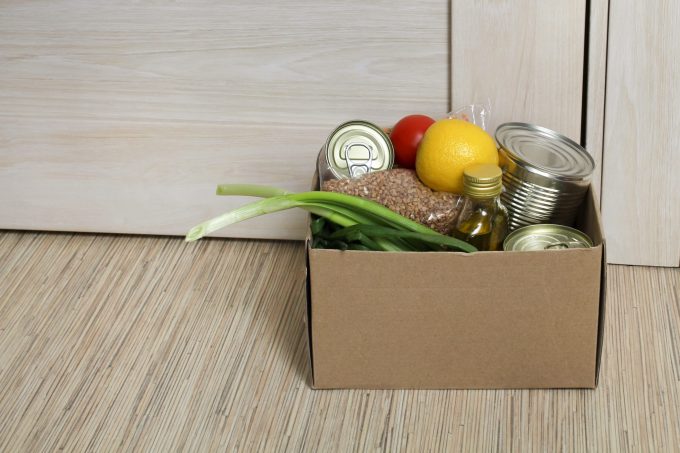New end-to-end supply chain package a likely home-run for Amazon
Amazon’s end-to-end supply chain package, revealed this week, could be a huge success, judging from ...

With the launch of its online platform, Instacart is striving to cut grocery deliveries to 15 minutes – however, observers question the benefits of such acceleration.
The US online retail enabler has “sailed through the pandemic”, seeing its valuation double twice, and now it is trying to tie-in clients more firmly with a platform that harnesses a suite of enterprise-grade technologies.
The Instacart platform launched late last month offering customers capabilities to run online selling, integrate bricks-and-mortar operations and manage fulfilment and advertising, plus data tools. Users can pick individual functionalities or embrace the full platform.
“The grocery industry is undergoing a digital transformation where customers expect a seamless experience across many channels, but behind the scenes it’s taking an incredible amount of work and investment for retailers to deliver these new services,” sated Instacart CEO Fidji Simo.
The platform’s core functionality is the ability to set up e-commerce storefronts and merchandising capabilities and the ability to leverage operational technology to integrate bricks-and-mortar operations. Additional offerings include advertising solutions and data tools designed to “optimise operations, provide more connected experiences and help make informed business decisions”.
The fulfilment functionality provides solutions to offer delivery and pick-up from stores or warehouses, with speeds ranging from next-day delivery to 15-minute windows.
Instacart is moving to pioneer the 15-minute delivery capability, starting this month in Atlanta and Miami for Publix Super Markets, which claims to be the largest and fastest growing employee-owned supermarket chain in the US.
“Our new NFCs, built with Instacart, unlock ultra-fast delivery in our major metro areas, allowing customers to get what they need as fast as 15 minutes,” said Publix communications director Maria Brous.
The 15-minute option is built on use of a network of “nano fulfilment centres” Instacart announced last August. These facilities hold between 10,000 and 50,000 items and are largely automated.
Nano, or micro, fulfilment centres have been a hot trend in e-commerce, but the concept seems to be losing a bit of steam, said Melissa Runge, VP strategic partnerships & alliances at Transportation Insight. One factor in this could be the shift of consumer spending from goods to services and entertainment, but rising opposition in municipalities to such facilities springing up in residential areas is also playing a role.
And Ms Runge is not convinced that the 15-minute delivery ploy will blaze grocery shopping into a new era.
“I don’t see it as a game-changer. It seems more a marketing tag line to sell their digital platform.”
Grocery providers had been slow to digitise, she noted, which makes the ability to set up and manage e-commerce storefronts and integrate bricks-and-mortar infrastructure more pertinent, along with other data management capabilities. The warehousing and delivery component is more of a ‘nice-to-have’ element, she thinks.
Moreover, merchants are showing a stronger focus on the cost aspect than last year, when obtaining capacity was the overriding priority. In this climate, the appeal of reducing delivery times for groceries from 30 minutes to 15 seems limited, said Ms Runge. It may work with some items, such as pharmaceuticals, but for most grocery items, she doubts that consumers or merchants would be willing to pay more for a 15-minute gain.
And she is not convinced that Instacart will be offering 15-minute deliveries across the US any time soon.
“I think they’ll run a pilot in Atlanta to see if they’re making money out of it. I don’t think there’s going to be a fast roll-out,” she said.
Comment on this article